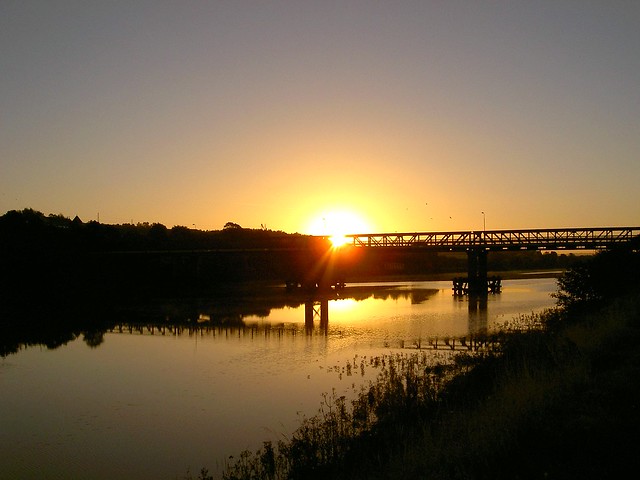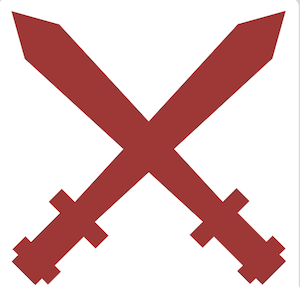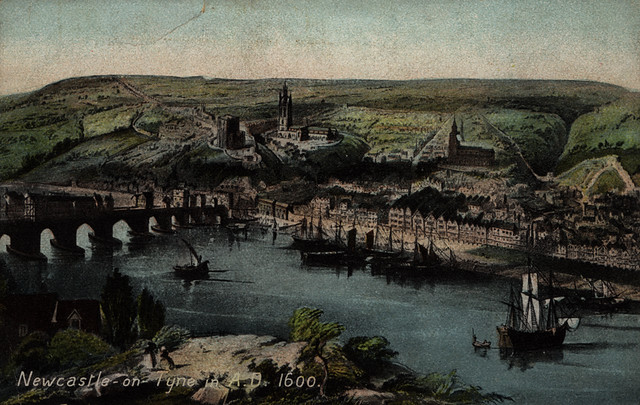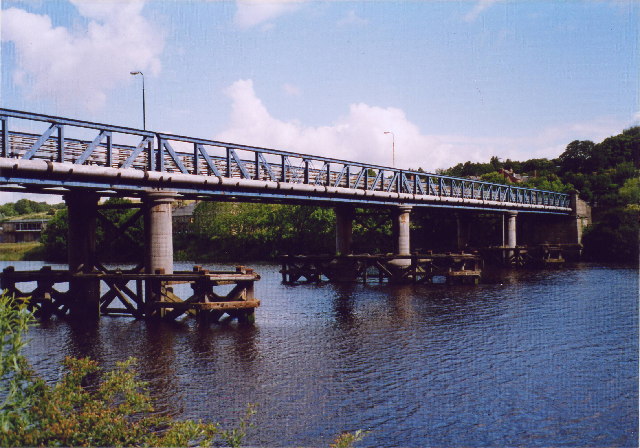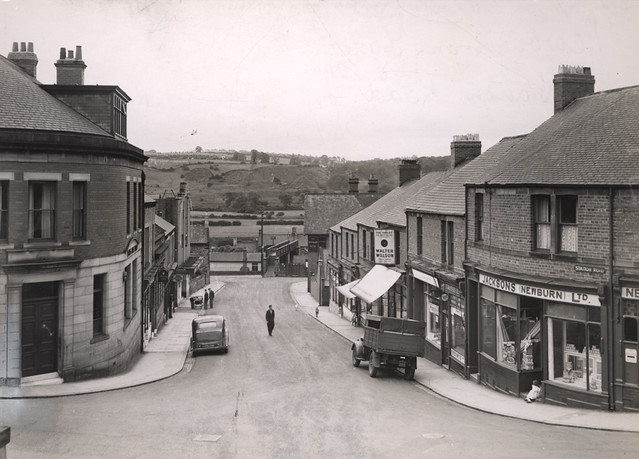Newburn Sunrise

-
Description
An important battle in English history took place here in 1640. The Battle of Newburn Ford, which was part of a revolt by the Scots against King Charles 1 and his introduction of a new prayer book, led eventually to the start of the English Civil War. Newburn Ford is the only registered battlefield in Tyne and Wear. On 28 August 1640 the English and the Scots faced each other here across the Tyne. A hastily-assembled English force of about 3.500 reluctantly stood against as many as 22,500 Scots The Scots occuppying the higher ground north of the river, not only had a force which was better fed, drilled and motivated but had five times as many cannons. The Scottish Commander, General Alexander Leslie, wanted to capture wealthy Newcastle and its surronnding coalfields to exert pressure on the King. He decided to cross the Tyne to attack the city from its weaker southern side. Newburn was the first crossing place west of Newcastle. The English Commander, Lord Conway, although ordered to fight, realised his position was hopeless. Arriving at Stella late in the evening on 27 August, he drew out the English force on Stella Haugh. Local troops had been busy building two defensive earthworks into which Conway placed 400 musketeers and 4 cannons. On the morning of 28 August the two armies faced each other 'without affronting one another or giving any reproachful language'. Conway found an ally in the Tyne as the river could only be crossed at low tide, between 2 and 3 o'clock in the afternoon. Fighting began at mid-day when an English Musketter shot at and wounded a Scottish Officer watering his horse. The Scottish calvary charged across the river but were driven back by gun fire. Heavy bombardment began from both sides. The earthwork next to Newburn was broken through and had to be abandoned by the English. The Scottish calvalry tried to cross the river for a second time and were driven back by the courageous English cavalry led by Commisary Henry Wilmot. The second arthwork then came under artillery fire and had to be abandoned. The Scottish cavalry tried for a third time to cross the river and this time were successful. The English quickly retreated in the confusion and as a result there were few casualties. The infantry fled towards Newcastle while the cavalry headed in the opposite direction to higher ground where some officers, including Wilmot, were captured. Following the Battle the Scots occupied Newcastle and the surrounding coalfields with the civilian population fleeing in fear. King Charles I was forced to recall Parliament to obtain the money needed to buy the Scots off. This Long Parliament voted for the necessary £200,000 but refused to be dissolved, bringing it into conflict with the King and leading to the English Civil War which broke out two years later. -
Owner
thekeithhall -
Source
Flickr (Flickr) -
License
What does this mean? Attribution License
-
Further information
Link: https://www.flickr.com/photos/15706617@N00/46027629/
Resource type: Image
Added by: Peter Smith
Last modified: 8 years, 5 months ago
Viewed: 1073 times
Picture Taken: Unknown -
Co-Curate tags
